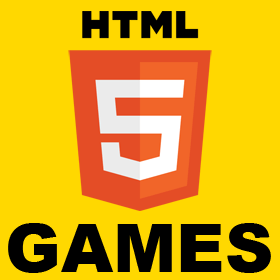Add borders in Puzzle games in Phaser 3
In puzzle games where we need to add borders to our puzzles and mark various zones, we can use Phase Path to draw those lines. For this example we are going to draw something like the image below Let us start by creating our html file and including Phaser 3 js and our game js in it. Now our JS code for would be Try running this locally in your web server and you will see the result as shown in the screenshot.




